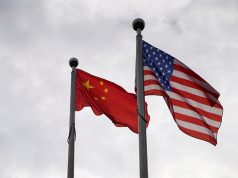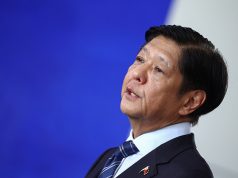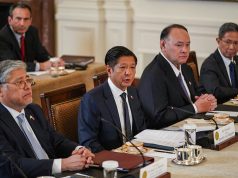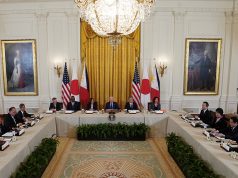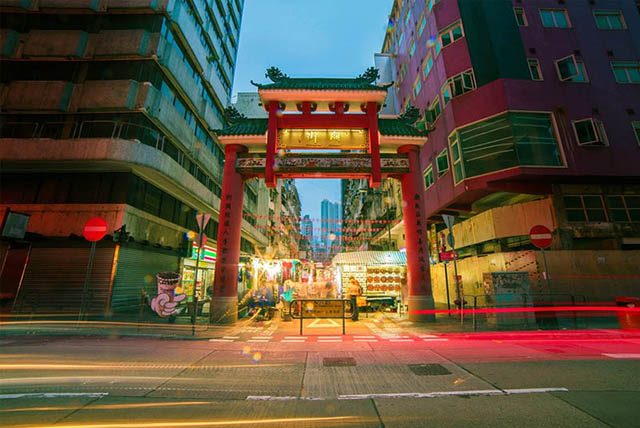
The leader of an expedition team who sailed on plank boats based on ancient designs was nostalgic about a period he never saw.
Arturo Valdez, a former environment undersecretary who led the Philippine Balangay Expedition Team, was on a voyage to Xiamen, China from Manila, Philippines and back over the past months.
Upon their return to Manila this week, Valdez painted an ideal picture of two countries—now in opposite sides of a years-long maritime dispute—in peace and friendship.
‘The waters united us’
Following the return of the balangay voyagers that sailed to Xiamen, China to visit the resting place of 15th century Sulu ruler Paduka Batara and the monument to Jose Rizal in Jinjiang City, Valdez shared his belief that trip the symbolized not just the Philippines’ return to its historical roots as seafarers but its forgotten relationship with China.
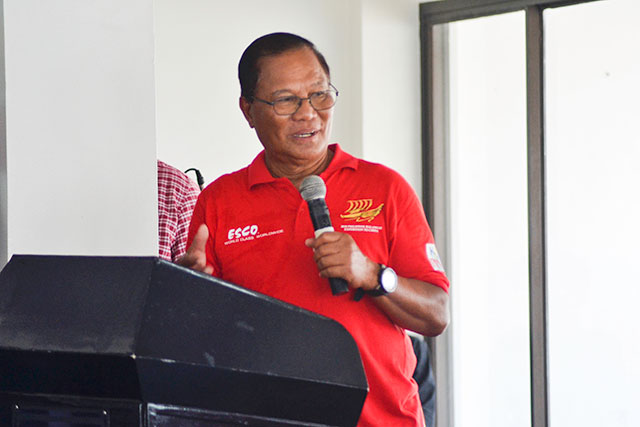
“These waters never divided us. These waters unified us,” said Valdez. He added that the replicas of the ancient balangay which he and 33 other crew sailed through disputed waters was a symbol of the relationship between the two countries.
In a conversation with the media after the balangays’ return, Valdez spoke of the warm reception he and his team received during their visit.
“Colonialism has divided us,” said Valdez to Interaksyon.
He argued that due to the influence of colonialists, Filipinos have forgotten their maritime roots and the friendships forged by the ancient seafaring Filipinos with neighboring civilizations.
Valdez said that the Department of Education should educate young Filipinos about their roots. Understanding the past, according to the former environment undersecretary, was the key to maintaining peace in the region.
Although possibly by President Rodrigo Duterte, Valdez’s trust in China does not sit well with many who have observed the unfolding of events surrounding the dispute to the present day, when China has managed to build islands on reefs within the Philippines’ jurisdiction.
And China does not seem to be done with its job. In recent months, satellite images, intelligence and news reports have spotted ongoing building reinforcements and military work in the disputed locations critical to world trade.
Former Parañaque representative Roilo Golez is among those calling for the Philippines to enforce its claim to the disputed area in the West Philippine Sea.
Roilo: Sir, this time we must protest, Sir!
“Nearly all of the Philippines falls within radius of the bombers, including Manila & all five PH military bases under the US-Philippines Enhanced Defense Cooperation Agreement,” the AMTI said. https://t.co/JAzQK7x94k via @po_st— Roilo Golez (@roilogolez) May 19, 2018
Acting Chief Justice Antonio Carpio has also called for the Philippines to protest Chinese militarization in the disputed region.
Acting Chief Justice Antonio Carpio urges the Philippine government to formally protest China's increasing militarization of the South China Sea.
FULL STORY: https://t.co/NRDy3D2QEc pic.twitter.com/o9KpwK9L1a
— Philstar.com (@PhilstarNews) May 22, 2018
The Philippines and China before the dispute
Relations between Filipinos and China are generally believed to have begun before the arrival of the Spanish in the 16th century, when seafaring Filipinos engaged in trade with Chinese merchants. One paper on the political economy of Philippine-Chinese relations posits trade to have started as early as the tenth century.
The current sea row can perhaps be traced to 1953, when the Communist Party of China upon its takeover started enforcing the nine-dash line around the disputed region.
In 1995, the Chinese government started constructing huts around Mischief Reef supposedly for the purpose of sheltering its fishermen. Chinese control in the area took place despite both the Philippines and China ratifying the 1982 UN Convention on the Law of the Seas (UNCLOS), in which the concept of exclusive economic zones and territorial waters were defined.
The year 1997 saw the first standoff in Scarborough Shoal, when Philippine Navy ships prevented Chinese fishermen from entering the area. China protested the move.
China in 2009 would submit its nine-dash line claim to the UN despite having ratified the 1982 UNCLOS.
Following incidents in 2011 and 2012, the Philippines finally brought the case to the Permanent Court of Arbitration in The Hague in 2013.
The favorable decision the Philippines received in 2016 has been rejected by China. Duterte has yet to enforce the decision, but disclaims abandoning it. The president has vowed to revisit the decision “at the right time,” but recent developments threatening status quo in the country’s maritime space did not result in a strong condemnation from the administration.




